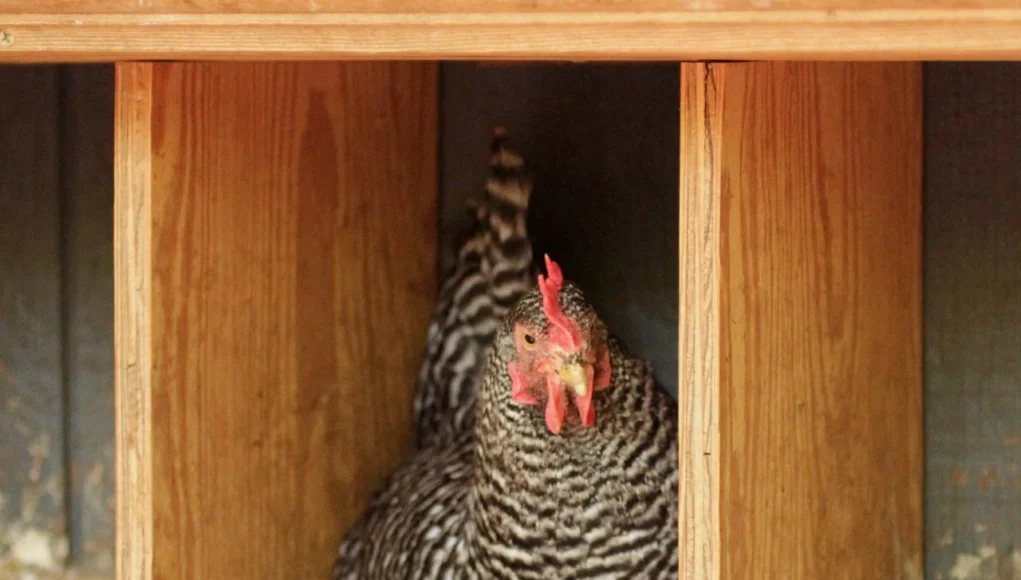Raising young hens can be a delightful experience, but sometimes they may face challenges such as not using nesting boxes. This issue is not uncommon and can stem from various reasons. Understanding these reasons and addressing them can help ensure that your hens lay their eggs comfortably and safely in the designated areas. In this article, we will discuss the potential causes and solutions to encourage your young hens to use nesting boxes effectively.

Understanding Nesting Box Importance
Nesting boxes play a crucial role in the life of a hen. They provide a secure, private space for hens to lay their eggs. This not only helps in collecting eggs easily but also protects them from damage and predators. When young hens do not use these boxes, it can lead to scattered eggs, increased egg breakage, and stress among the flock.
Why Are Nesting Boxes Necessary?
A nesting box offers a peaceful environment that mimics natural nesting instincts. It is elevated from the ground, which deters predators and pests. Furthermore, having a structured place for laying helps maintain egg hygiene and ease in egg collection.
Reasons Young Hens Avoid Nesting Boxes
There are several reasons why young hens might avoid using nesting boxes. Understanding these can help in finding the right solution.
Improper Box Design
If the nesting box is uncomfortable or poorly designed, hens might avoid it. Factors like size, height, and ventilation can influence their decision.
Lack of Training
Young hens may not know where to lay their eggs if they haven’t been guided. Training them early can make a significant difference.
Box Location
If the boxes are placed in a noisy, bright, or high-traffic area, hens might feel insecure and avoid them.
Inadequate Bedding
The type of bedding used can also affect their comfort. Rough or inappropriate bedding materials might deter them from using the boxes. For ideas on organic bedding, explore this resource.
Solutions to Encourage Nesting Box Use
Implementing the following solutions can encourage your young hens to use nesting boxes:
Designing the Perfect Nesting Box
Ensure that the nesting box is of the right size and height. It should be comfortable and easy for hens to access. For creative ideas, you can check out DIY nesting box designs.
Proper Training Techniques
Guide your hens to the nesting boxes by placing fake eggs or golf balls inside. This visual cue often encourages them to lay their eggs in the designated spot.
Choosing the Right Location
Place nesting boxes in quiet, dark, and secure areas to make hens feel safe while laying eggs. Avoid high-traffic zones to reduce stress and disturbance.
Optimal Bedding Choices
Use soft, clean, and suitable bedding materials. This ensures comfort and hygiene, making the nesting box more attractive to hens. For further insights, consider exploring bedding options.
Maintaining Nesting Box Cleanliness
A clean nesting box is crucial for the health of your hens and the quality of the eggs. Regular cleaning and maintenance can prevent diseases and pests.
Regular Cleaning
Ensure that the nesting boxes are cleaned regularly. Remove soiled bedding and replace it with fresh materials to keep the environment healthy.
Pest Control
Implement pest control measures to keep mites and other pests at bay. This will make the boxes more appealing and safe for your hens.
Conclusion
Addressing the issue of young hens not using nesting boxes involves understanding their needs and making necessary adjustments. By ensuring proper box design, location, and training, alongside maintaining cleanliness, you can encourage your hens to use nesting boxes efficiently. This not only ensures the safety and hygiene of the eggs but also promotes a stress-free environment for your flock.

FAQs
Why are my hens laying eggs on the ground?
Hens may lay eggs on the ground due to inadequate nesting boxes, poor location, or lack of training. Ensuring comfortable and well-placed nesting boxes can help.
How do I train young hens to use nesting boxes?
Use visual cues like fake eggs to guide hens to the nesting boxes, and ensure the boxes are comfortable and well-placed.
What bedding should I use in nesting boxes?
Opt for soft, clean bedding such as straw or wood shavings to ensure comfort and hygiene in the nesting boxes.
This article contains affiliate links. We may earn a commission at no extra cost to you.











